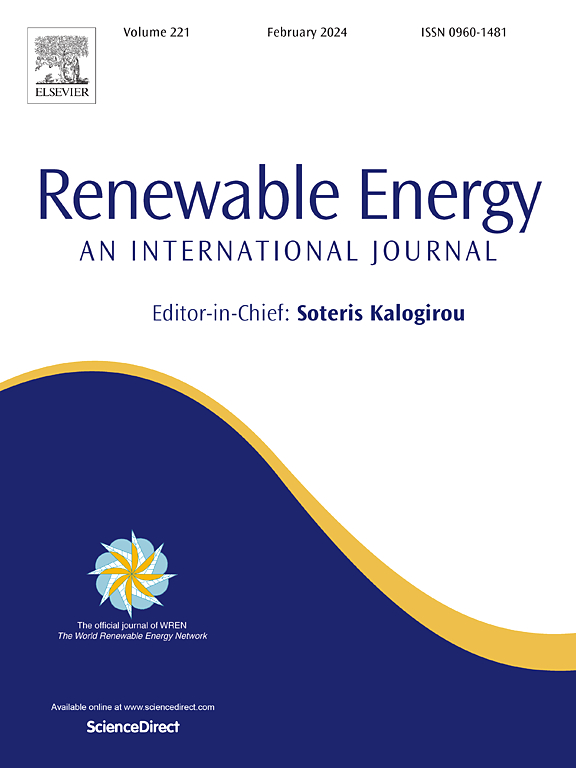A preliminary investigation into the particle emission characteristics of gasoline compression ignition (GCI) fueling with n-butanol
IF 9
1区 工程技术
Q1 ENERGY & FUELS
引用次数: 0
Abstract
In this work, engine experiments were performed to investigate the effect of EGR, fuel injection timing, intake pressure as well as fuel injection strategy on engine performance and particle emissions when the tested engine was operated in gasoline compression ignition (GCI) mode under low-load condition. The results showed the usage of low rate of EGR was in favor of improving auto-ignition, producing advanced combustion phasing, the particle size fell within the range of 0∼40 nm, and most of the emitted particles were nucleation-mode. As EGR rate increased, wider range of particle size distribution was found, but ignition delay was overly long, leading to retarded combustion phasing, and the concentration and size of the emitted particles decreased rapidly. As the fuel injection timing was advanced, the particle size distribution shifted towards larger particles and higher concentration firstly, then shifted towards smaller particles and lower concentration. When the position of CA50 was fixed, comparing pairs of injection timings, close to and far from TDC (top dead center), it was found that lower particle concentration was obtained when employing those injection timings far from TDC. High enough equivalence ratio was achievable when lower intake pressure was used under low load condition, but long ignition delay was produced and lower particle concentration was found with narrow size distribution. Through elevating intake pressure, particle size distribution shifted towards larger particles. In addition, comparing with single-shot injection strategy, two double-injection strategies were capable of lowering particle concentration considerably, which was particularly evident for the main + post strategy.
求助全文
约1分钟内获得全文
求助全文
来源期刊

Renewable Energy
工程技术-能源与燃料
CiteScore
18.40
自引率
9.20%
发文量
1955
审稿时长
6.6 months
期刊介绍:
Renewable Energy journal is dedicated to advancing knowledge and disseminating insights on various topics and technologies within renewable energy systems and components. Our mission is to support researchers, engineers, economists, manufacturers, NGOs, associations, and societies in staying updated on new developments in their respective fields and applying alternative energy solutions to current practices.
As an international, multidisciplinary journal in renewable energy engineering and research, we strive to be a premier peer-reviewed platform and a trusted source of original research and reviews in the field of renewable energy. Join us in our endeavor to drive innovation and progress in sustainable energy solutions.
 求助内容:
求助内容: 应助结果提醒方式:
应助结果提醒方式:


